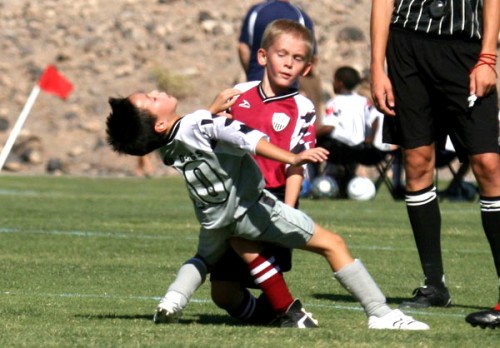Children’s Concussions More Dangerous Than We Thought
What has been a terribly understudied area of medicine is now slowly gaining momentum and can possibly save lives: Concussions, Head Injuries, Traumatic Brain Injuries (TBI) and Chronic Traumatic Encephalopathy (CTE).
What precipitated this new-found interest? Mostly likely the deaths of a few sports heroes laid at the feet of the here-to-fore cavalier attitude about repeated head injuries. Most notably the death of Junior Seau, one of the NFL’s best and fiercest players for about 20 years, due to what is now known to be severe cognitive and emotional damages from largely unrecognized repeated brain trauma inflicted by his sport.
After his suicide in 2012, his family requested an autopsy and the CDC undertook the extensive examination of his brain tissue which allowed the unmistakable diagnosis of extensive CTE – the smoking gun.
Most of the heightened discussion, and hence new research, involves professional and adult sports. However, there is beginning to be research being done to understand the many aspects of children’s sports which are different and unique.
Children Are Not Little Adults
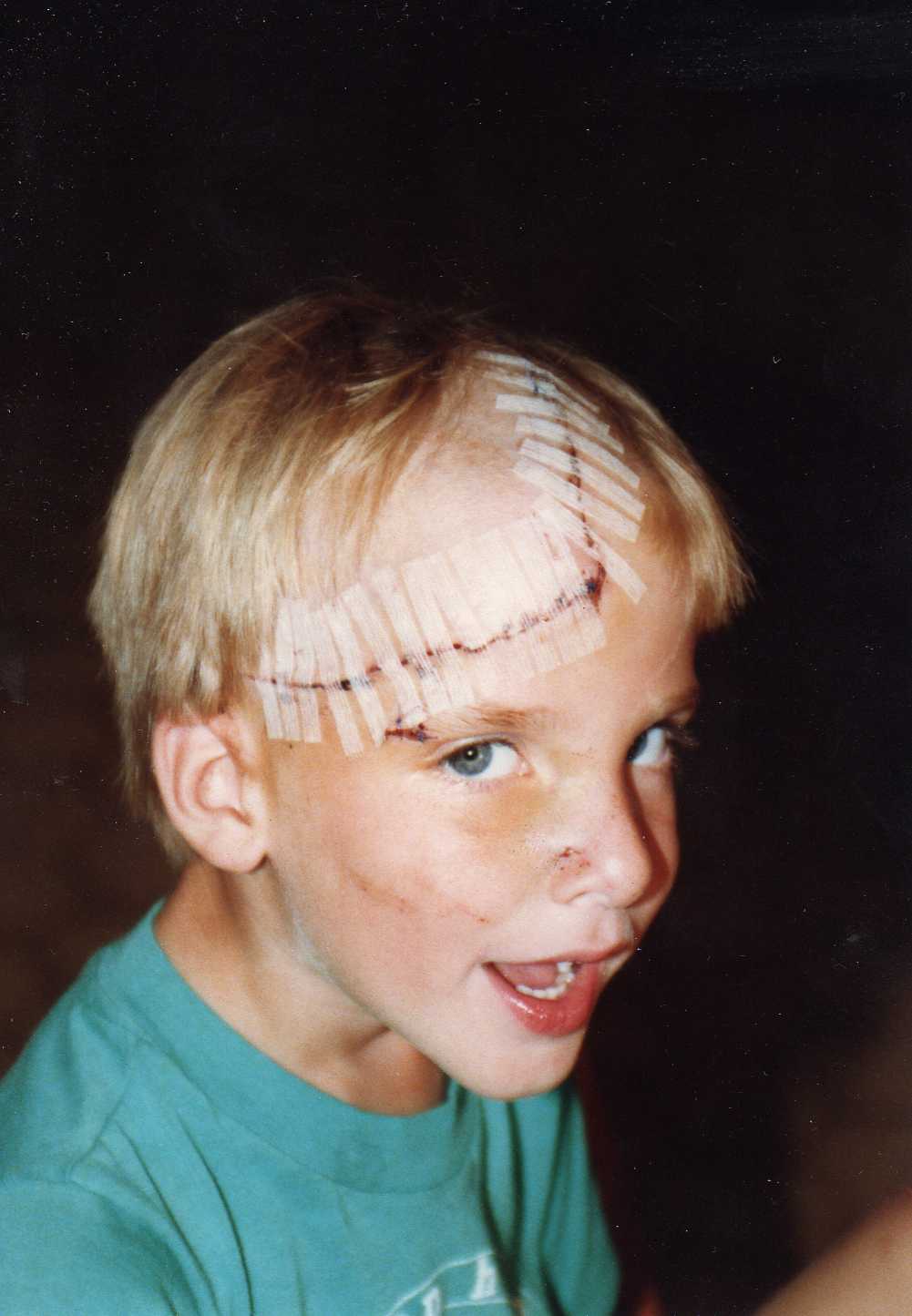 The synonyms for the very name “childhood,” such as “immature,” “undeveloped,” “changing,” and “weaker,” should tell any thinking person that children CANNOT play the same sports, at the same intensity, with the same motives as adults! Yet for years we’ve been morphing what once was “fun physical recreation” into a cloned-microcosm of professional ball.
The synonyms for the very name “childhood,” such as “immature,” “undeveloped,” “changing,” and “weaker,” should tell any thinking person that children CANNOT play the same sports, at the same intensity, with the same motives as adults! Yet for years we’ve been morphing what once was “fun physical recreation” into a cloned-microcosm of professional ball.
Nearly every thing about children is undeveloped: their bones, their muscles, their joints, their internal organs– they don’t even have their “wisdom teeth” for crying out loud! Their heads even have proportionately more mass on their necks creating a bobble head effect.
Well into puberty (which may not have even happened yet in the age-group we are talking about) the “blood brain barrier” hasn’t formed well yet so even medications don’t act like they do in an adult.
Is Football Really All That Dangerous?
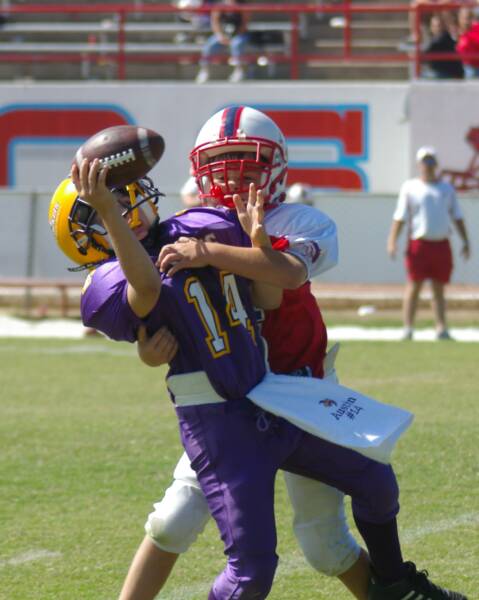 Well, what do YOU think? Children six to seventeen years old filled emergency rooms 346,772 times strictly due to football injuries in 2007 (the last year of a study released in 2011) which was UP 27 PERCENT from the 274,094 times in 1990 when their long term study began.
Well, what do YOU think? Children six to seventeen years old filled emergency rooms 346,772 times strictly due to football injuries in 2007 (the last year of a study released in 2011) which was UP 27 PERCENT from the 274,094 times in 1990 when their long term study began.
The demographic study done by The Center for Injury Research and Policy of The Research Institute at Nationwide Children’s Hospital calculated that amounted to roughly 2,000 visits to the ER PER DAY during the children’s football season. The institute analyzes injuries in all high school sports and shows that football causes the most injuries.
In 2011, four people died from causes directly related to football – two in high school, one in college and one in “sandlot” football, according to the American Football Coaches Association, the NCAA and the National Federation of State High School Associations. The average rate for the last 10 years is 4.1 per year, and it was 4.8 for the 10 years before that.
Yes, football really is dangerous on the surface; and, the point is: it’s even worse when you look deeper.
California Sports Concussion Study
The statement: “It wasn’t a concussion because he didn’t get knocked out” is absolute rubbish on the face of it. Junior Seau didn’t commit suicide because he had a bruise or a break that didn’t heal. It was because he had emotional/mental changes that weren’t/couldn’t be adequately handled – the same thing we should be watching for in children!
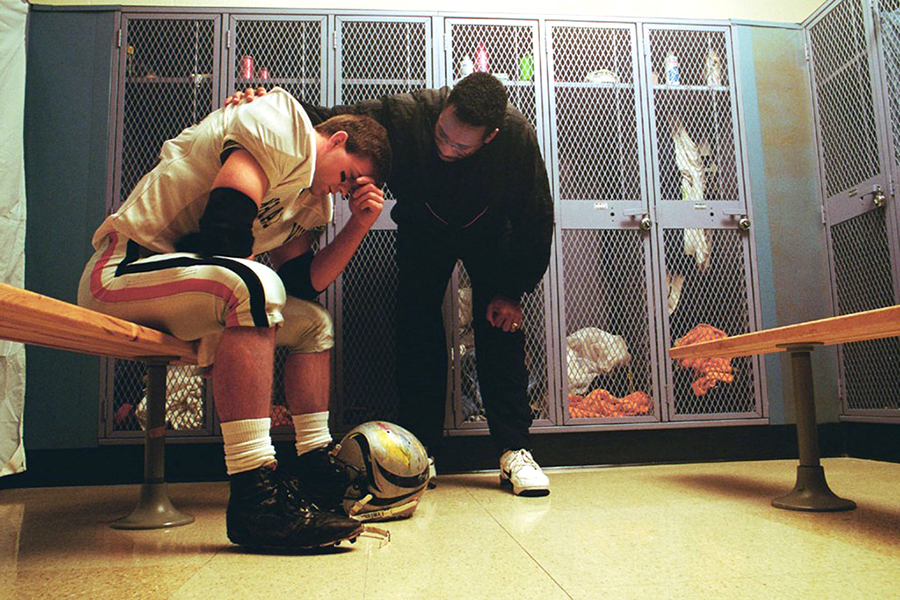 A California study at UCLA was presented at the American Academy of Neurology (AAN) 65th Annual Meeting. Dr. Ivet Hartonian showed that sports-related concussions in children may lead to some measurable emotional and behavioral functioning problems in the months that follow the injury.
A California study at UCLA was presented at the American Academy of Neurology (AAN) 65th Annual Meeting. Dr. Ivet Hartonian showed that sports-related concussions in children may lead to some measurable emotional and behavioral functioning problems in the months that follow the injury.
The studies done on professional or collegiate athletes can’t always be extrapolated into children’s’ sports because the actively-developing brain has it’s own unique set of pathologic responses.
Dr. Hartonian had access to the data from an ongoing “Pediatric Traumatic Brain Injury Program” at UCLA where there were 17 patients (aged 11 – 16) whose parents had completed pre- and post- injury behavior assessments within 6 months of the injury date. [Twelve male, 5 female, 23% soccer, 17% football].
Comparing the child’s behavior before and after showed a SIGNIFICANT INCREASE in both somatic (bodily) and emotional symptoms which parents and physicians might way-too-easily overlook. Headaches, abdominal pain and dizziness all showed substantial increases (P=0.006) and the child also showed signs of depression and withdrawal (P=0.015).
Besides being the kind of issues which plagued Junior Seau, when these symptoms occur it raises a “red flag” because they point to the difficult to diagnose and treat internalizing domains of the brain which may be a harbinger of life-long alterations in personality.
And, while a sample size of only 17 isn’t large enough to be called a significant study, my guess is that it’s correct if only because it is completely consistent with all the other many reports we are getting from all around the world.
ADVICE: Carefully observe any child athlete who has received a “head-bump” (even without loosing consciousness) for changes in sleep patterns, behavior and diet for several weeks or months afterwards. Any changes should prompt a consultation with a physician.
Major Purdue High School Football Study
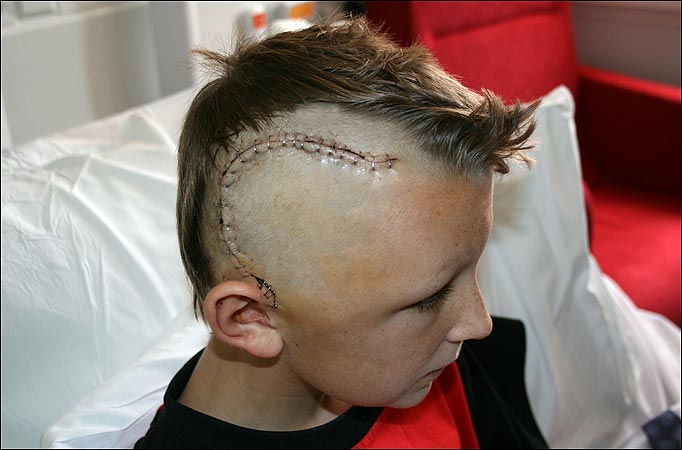 The doctors at Purdue University are coming about as close as you can get to finding the “smoking gun” in adolescent, sports-related brain injury.
The doctors at Purdue University are coming about as close as you can get to finding the “smoking gun” in adolescent, sports-related brain injury.
Believe it or not, these guys are PROACTIVELY (before it happens) studying a WHOLE HIGH-SCHOOL FOOTBALL TEAM by implanting remote sensors in every players helmit, putting them through brain-imaging scans and extensive cognitive tests before, during and after the season AND video-taping every game and every practice!
They tested ALL 21 Jefferson High School players, not just those who had sustained possible head-injuries – and they had actual, real-time impact data in six planes for every single play to correlate it with.
EVERY “head-bump” in EVERY player in EVERY game or practice could be correlated with who gave it, from which direction and at what force. Then it could be correlated with brain functioning tests pre- and post-impact as well as functional MRI imaging (fMRI) studies if warranted!
Their findings so far are enlightening if not downright startling:
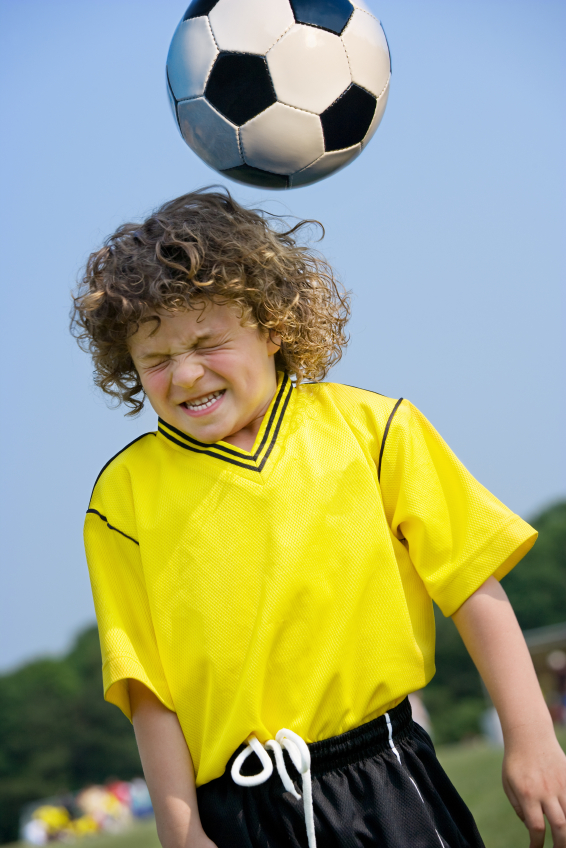
- They found cognitive impairment in players who hadn’t been “diagnosed” with concussions using current criterion.
- Players faced impacts to their heads ranging from 20 to more than 100 G’s! [Roller coaster = 5 G’s, Space Shuttle < 10 G's]
- OVER FIFTY PERCENT (11/21) were either diagnosed by a physician with a concussion, received an unusually high number of head impacts or received an unusually hard impact.
- Of those 11: 4 had no changes, 3 had concussion diagnosed by standard means and four demonstrated brain function changes without current diagnostic criteria.
- Therefore, some high school football players suffer undiagnosed changes in brain function and continue playing even though they are impaired.
- Half of the players who appeared to be uninjured still showed impairment in brain function!
- The number of blows needed to produce impairment isn’t clear but seems to be around 50 or 60 per WEEK – not an uncommon number.
- Highest number of hits was 1600 for a season.
- There are two types of “concussions” – those diagnosed under current criteria (losing consciousness, trouble walking or speaking) and those not diagnosed but who still demonstrates cognitive impairment (memory, spatial skills, etc.).
- The four players who didn’t show impairment received blows from different directions on several areas of the head; but, those who did show impairment received a large number of blows primarily to the top and front – like linemen and linebackers.
- The seven with “standard” concussions and with cognitive impairment had not yet recovered by the end of the season! But preliminarily may have recovered by the start of next season.
A “Re-Think” of Children’s Contact Sports Needed
I would hope that these studies (only the tip of the iceberg that I COULD mention) have at least been enough to convince a parent that this whole children’s sports participation needs a RE-THINK! Even if it does deal with such traditional and iconic behaviors.
We are told that many major league stars are coming out against contact sports below the age of 14 – but is that really the number we should choose? College and professional coaches are agreeing and re-thinking league rules and safety precautions but in some cases it’s easy to spot where emotion is over-ruling logic and intellect.
[American Academy of Neurology (AAN) 65th Annual Meeting. Abstract P01.256. Presented March 18, 2013;
Talavage (et.al.). Functionally-Detected Cognitive Impairment in High School Football Players Without Clinically-Diagnosed Concussion. Journal of Neurotrauma, 2010]
11 Posts in Childhood Concussion (concussion) Series
- Helmits?! Do they prevent concussions? – 5 Apr 2017
- Video- concussion management – 30 May 2016
- Video: Concussion 101 – 6 May 2016
- TBI, concussion and early nutrition – 28 Apr 2016
- 5 things to know – 12 Sep 2015
- Football and brain damage – 21 Aug 2015
- 10 scary issues – 18 Jun 2015
- Reading test a predictor of concussion – 30 May 2014
- New guidelines for sports – 27 Jul 2013
- More dangerous than we thought – 24 Jul 2013
- Childhood Concussion Series: Intro/Index – 23 Jul 2013
Advertisement by Google
(sorry, only few pages have ads)

